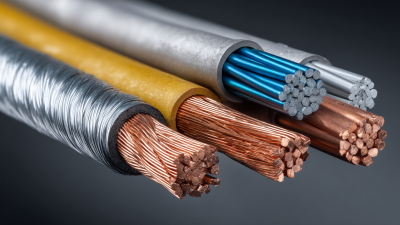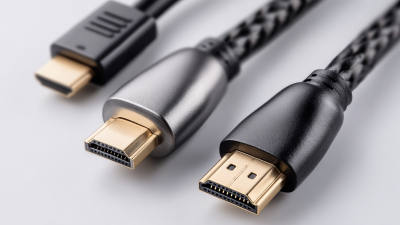In the ever-evolving landscape of energy efficiency, selecting the right "Power Wire" can significantly impact performance and sustainability. As emphasized by Dr. Emily Carter, a leading expert in electrical engineering, "The choice of wiring is critical; it not only affects energy loss but also determines the longevity of your electrical systems." This insight underscores the vital role that power wires play in optimizing energy use in both residential and commercial applications.
With advancements in technology and growing awareness of energy conservation, understanding the various types of power wires has become essential for industry professionals and homeowners alike. From copper to aluminum, each wire type offers unique properties that can enhance efficiency, reduce costs, and improve safety. In this data-driven guide, we will explore the top five power wire types that stand out for their energy efficiency, providing a comprehensive analysis to help you make informed decisions for your projects.
As we delve deeper into the characteristics, applications, and advantages of these power wire types, it becomes clear that making the right choice is not just a technical decision, but one that contributes to a more sustainable future. Join us as we uncover the optimal solutions for energy efficiency in the world of power wiring.
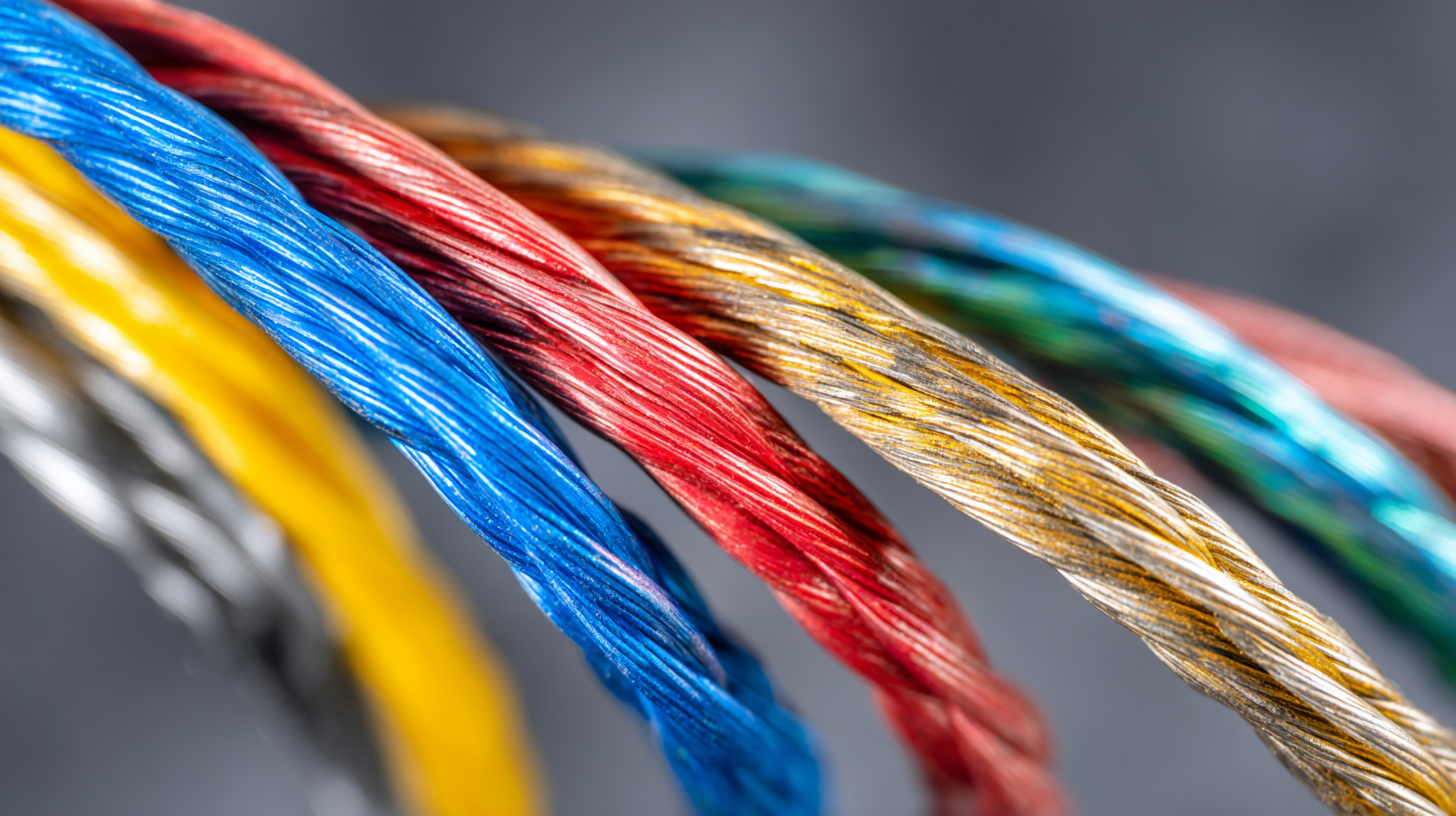
Understanding the various power wire types is essential for optimizing energy efficiency in both residential and industrial settings. Each wire type has its unique characteristics, which influence conductivity, resistance, and overall performance in electrical systems. Copper and aluminum wires are among the most commonly used materials, with copper offering excellent conductivity and low resistance, making it the preferred choice for high-efficiency applications. Conversely, aluminum wires are lighter and more cost-effective but may require larger gauge sizes to achieve similar conductivity levels.
In addition to material choice, insulation type and wire gauge also play a significant role in energy efficiency. High-quality insulation helps reduce energy loss through heat dissipation, ensuring that more electricity is effectively delivered to the intended load. Selecting the right wire gauge ensures that the wires can handle the electrical current without excessive resistance. Understanding these factors and their impact on energy flow will empower consumers and engineers alike to make informed decisions, leading to reduced energy waste and lower utility costs.
In the realm of power distribution, the choice between copper and aluminum wires significantly impacts energy efficiency. Copper wires, known for their superior conductivity, allow for minimal energy loss during transmission. This property makes them a preferred option in applications requiring high efficiency and lower resistance. However, copper’s higher cost can be a deterrent for large-scale projects, leading many to consider aluminum as an alternative.
Aluminum wires, while less conductive than copper, offer several advantages, such as lower material costs and lighter weight, making them easier to handle and install. Recent developments in aluminum alloy technologies have improved their performance, resulting in wires that can handle higher loads without compromising safety. Conductivity concerns can be mitigated by using larger diameter aluminum wires, which can deliver power effectively at a reduced cost. Thus, the choice between copper and aluminum involves weighing immediate expenses against long-term efficiency and performance characteristics, ultimately influencing the optimal selection for specific power distribution needs.
The choice of insulation materials plays a crucial role in determining energy efficiency in buildings. Recent advancements have highlighted the importance of using innovative materials like expanded polystyrene enhanced with radiant barrier foil and sawdust-based insulation, particularly in varying climates. These materials significantly reduce heat transfer, which is essential for improving energy performance and reducing heating costs.
Tips for enhancing insulation efficiency include considering the installation of vacuum glazing technology, known for its superior thermal performance. This approach can substantially lower energy consumption while maintaining comfortable indoor temperatures. In addition, upgrading to modern attic insulation can make a noticeable difference in energy savings, as today's buyers prioritize energy-efficient features in their homes.
When evaluating insulation for both residential and commercial projects, it is vital to analyze the thermal performance of exterior envelopes. Proper selection and installation of these materials can lead to a marked decline in energy demands, ultimately supporting a shift towards more sustainable building practices. Investing in high-quality insulation not only contributes to energy savings but also aligns with the growing emphasis on eco-friendly construction methods.
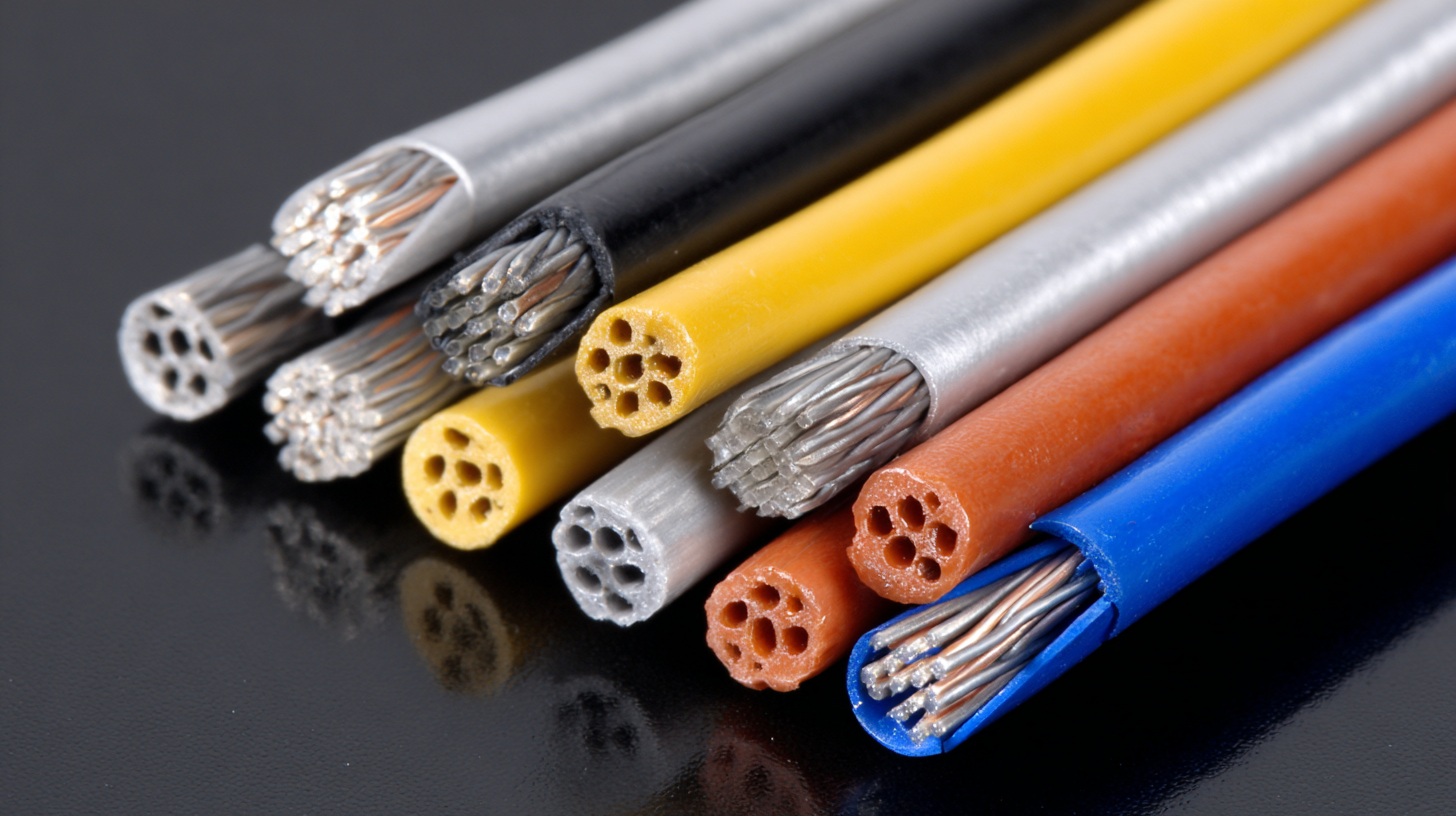 When considering energy efficiency in electrical applications, wire gauge plays a critical role. The size of the wire affects the amount of current that can safely pass through it, which in turn influences energy loss due to heat. Thicker wires typically have a lower resistance, resulting in reduced energy loss during transmission. This is particularly important for high-performance systems that require reliable performance, such as starter motors in engines with high cubic inches or compression ratios. Ensuring the right wire gauge is used can prevent inefficiencies and potential failures in these applications.
When considering energy efficiency in electrical applications, wire gauge plays a critical role. The size of the wire affects the amount of current that can safely pass through it, which in turn influences energy loss due to heat. Thicker wires typically have a lower resistance, resulting in reduced energy loss during transmission. This is particularly important for high-performance systems that require reliable performance, such as starter motors in engines with high cubic inches or compression ratios. Ensuring the right wire gauge is used can prevent inefficiencies and potential failures in these applications.
Tips:
- Always refer to the manufacturer's specifications for wire gauge recommendations tailored to your specific needs.
- Utilize tools like DC cable size calculators to determine the optimal wire size based on the application and load requirements.
- Remember that both the material (copper vs. aluminum) and insulation type can impact overall efficiency and performance.
Moreover, advancements in technology, such as wire tension gauges, can assist in maintaining proper wire tension, which is vital for optimal performance in systems like heat exchangers. This focus on precision not only enhances efficiency but also supports the longevity of the wiring systems used in various industrial applications.
In the rapidly evolving landscape of energy management, innovations in power wiring are essential for enhancing energy performance across various applications. The development of advanced materials, such as high-conductivity copper alloys and flexible polymer-insulated wires, has improved not only the efficiency of electrical systems but also their longevity. These innovations minimize energy losses through heat dissipation and ensure optimal power distribution, enabling industries to operate with greater sustainability.
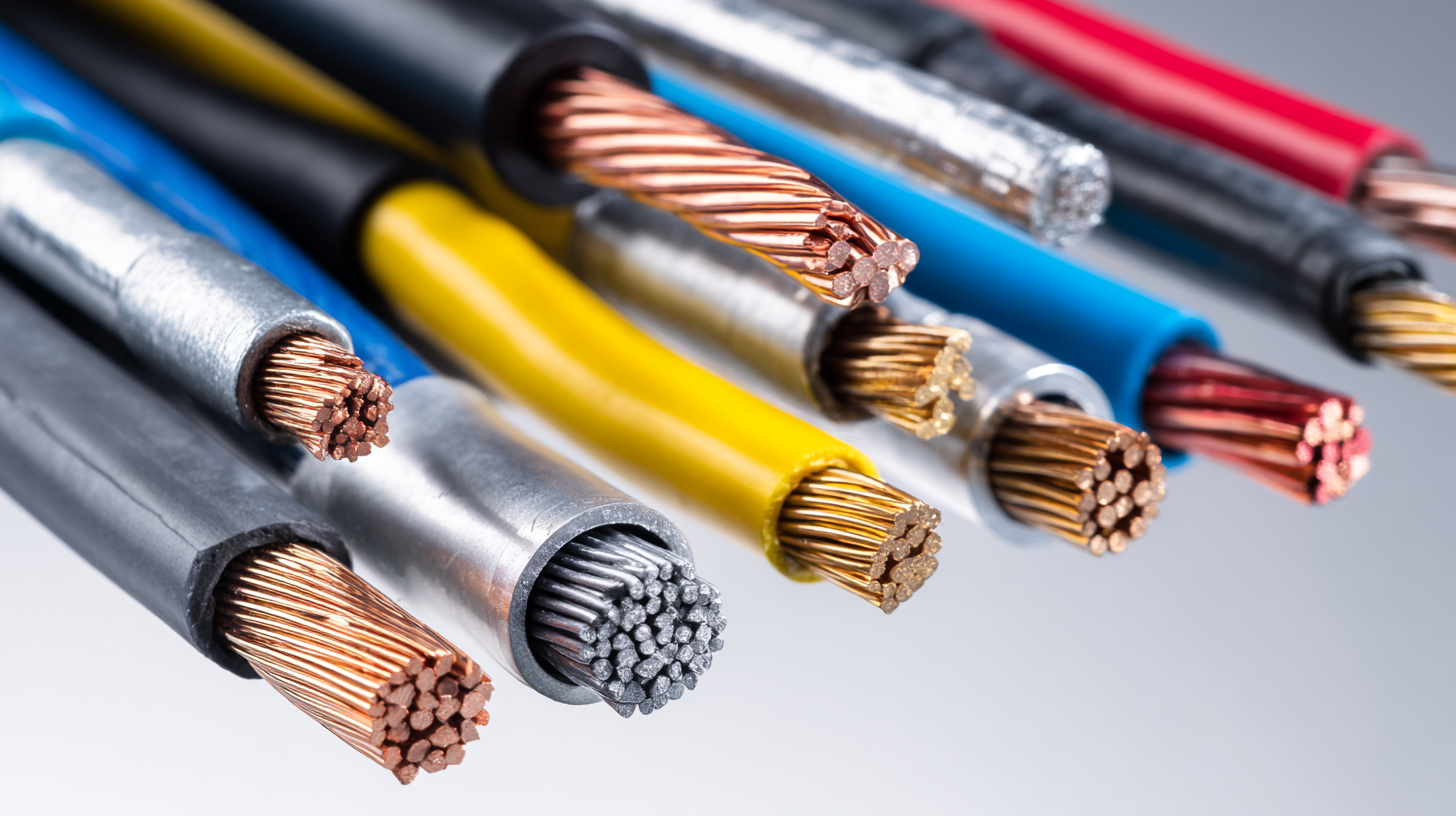
Moreover, the advent of smart wiring technologies has revolutionized how energy is monitored and managed. Integrated sensors and connectivity features within the wiring systems allow for real-time data analysis, enabling proactive adjustments to energy usage patterns. This data-driven approach provides valuable insights into consumption trends, facilitating informed decision-making for facility managers and homeowners alike. As a result, these advancements not only contribute to immediate energy efficiency but also pave the way for long-term resource conservation and cost savings in a world increasingly focused on sustainability.
